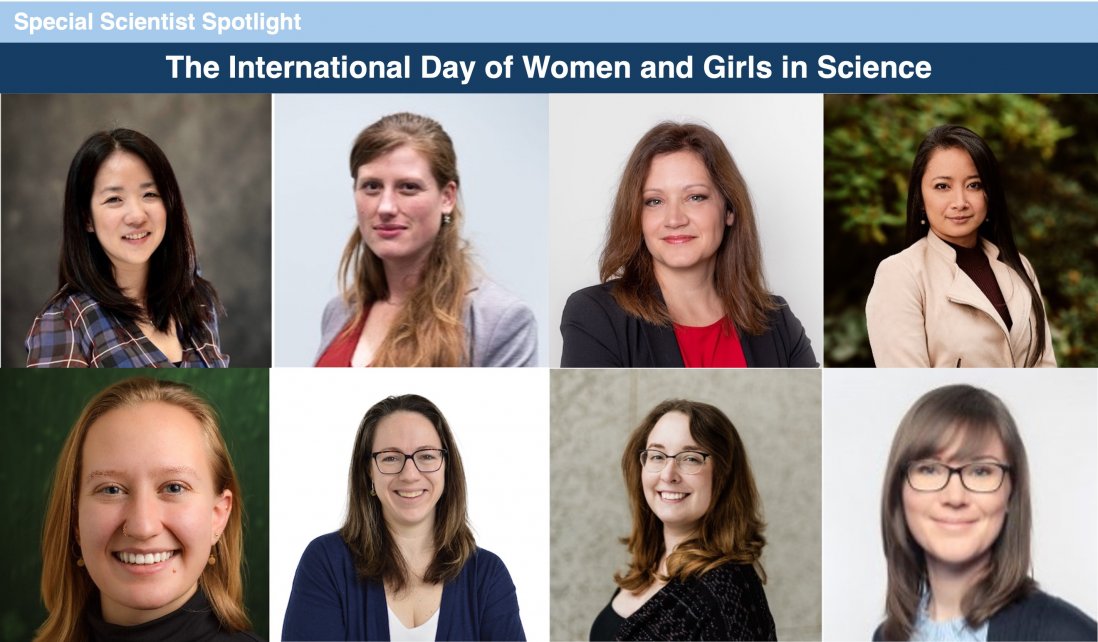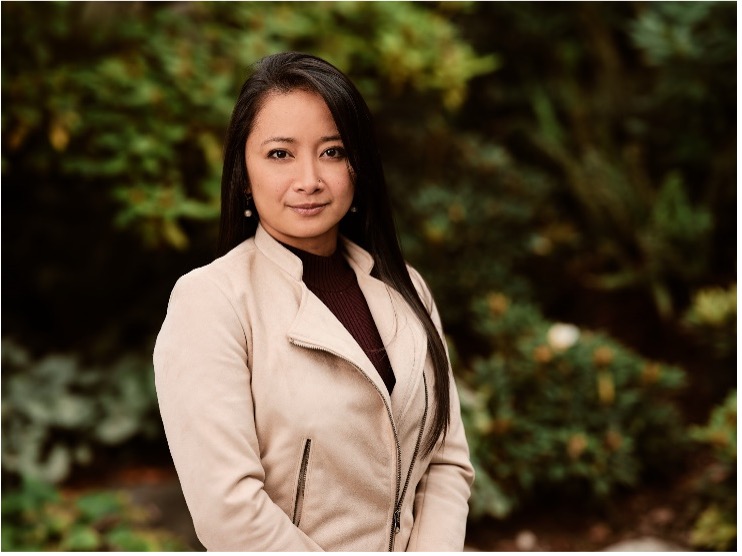February 11 is International Day of Women and Girls in Science! This is a special day celebrated worldwide to not only recognize and honor the achievements of women in science, but also advocate for equal access and participation of women in Science, Technology, Engineering and Mathematics (STEM) fields.
To inspire and encourage current and future women scientists in Epigenetics, we highlight the journeys and insights of some of the incredible women doing amazing Epigenetics research across Canada.
Why is this important? Canadian statistics show that only 25% of people in STEM careers in Canada are women even though they make up 47% of total workforce. So, join us in raising awareness and promoting diversity and representation of women in STEM!
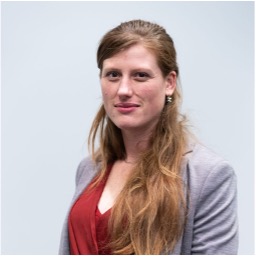
Dr. Ina Anreiter, University of Toronto Scarborough, Department of Ecology and Evolutionary Biology
- What experiment or idea brought you to the epigenetics field?
I remember first hearing about Epigenetics in an undergraduate class in 2008 or so, while I was doing my BSc at the University of Lisbon. I was fascinated by it then and kept thinking about it. When I was doing my MSc research at the University of Toronto in 2012, a collaborator of my PI noticed an interaction between the gene we were studying (foraging) and the epigenetic regulator G9a. I jumped on the idea, which eventually lead to one of the major projects of my PhD, where we showed that natural differences in foraging behaviour are epigenetically regulated in Drosophila. - What do you think will be the next “big” thing in the epigenetics field in the next 5-10 years?
I think the next big thing in epigenetics will be to figure out causal relationships between stress, epigenetic aging, health, and disease. We see so many patters in the field, but it is still really murky whether epigenetic marks are drivers or consequences. To answer this question, I think we will also have to better understand how epigenetics interacts with other mechanisms of gene regulation. - What activities or hobbies do you engage in outside of your science work?
I like to decompress in nature, and my hobbies mainly center around that. I live in a big city (Toronto) and I take every chance I have to get out and hike, swim, or scuba dive somewhere surrounded by trees, mountains or water.

Dr. Amélie Fradet-Turcotte, Canadian Research Chair in Molecular Virology and Genomic Instability, Université Laval, Department of Molecular Biology, Medical Biochemistry and Pathology
- What experiment or idea brought you to the epigenetics field?
My first encounter with the field of epigenetics occurred during my transition from Ph.D. to postdoctoral fellow in the laboratory of Daniel Durocher in Toronto. It was during this time that I discovered the central role of histone post-transcriptional modifications in orchestrating DNA damage signaling and repair. Over the next four years (and continuing to this day), I delved into the molecular mechanisms underlying the ability of DNA repair factors to bind to specific histone marks on the chromatin surrounding the break. Since then, I have been fascinated by the specificity and complexity of the crosstalk between chromatin readers and histone marks. - What do you think will be the next "big" thing in the epigenetics field in the next 5-10 years?
Molecular mechanisms, molecular mechanisms, molecular mechanisms! For me, the most fascinating aspect of epigenetics is uncovering the mechanisms that govern the establishment of specific chromatin states and their interpretation by transcription factors, chromatin remodelers, DNA repair proteins, and so on. Deciphering these molecular events is essential for understanding how crosstalk contributes to the development of diseases such as cancer and whether they can be targeted as a strategy for treatment. I very look forward the insights we will gain through structural analysis of large complexes formed by these proteins and various chromatin substrates in the next few years. - What activities or hobbies do you engage in outside of your scientific work?
I am the mother of two young boys, which in itself is a fulfilling hobby! I cherish every moment spent with them. Pursuing a career in research is demanding, but it offers extraordinary flexibility that allows me to balance both my work in the lab and my family life. I strongly believe in the importance of communities in supporting our scientific journey. Therefore, I dedicate time to contributing to a community that brings together women researchers from various universities and career stages. This group aims to provide mentoring advice for women in science, and I find great fulfillment in being part of it.
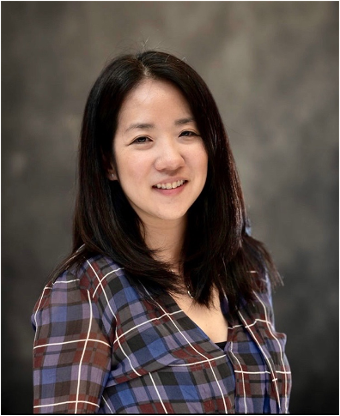
Dr. Carol Chen, Terry Fox Laboratory, BC Cancer Research Institute, Department of Biochemistry & Molecular Biology, The University of British Columbia
- What experiment or idea brought you to the epigenetics field?
I was introduced to epigenetics when I took an undergraduate class at UBC. The class was taught by Drs. Carolyn Brown, Louis Lefebvre, and Wendy Robinson. I remember being fascinated by X inactivation and genomic imprinting. Eventually I decided to pursue graduate studies in epigenetics and found Dr. Matthew Lorincz as my PhD supervisor. I loved the complexity of epigenetic crosstalk from the start and haven’t looked back since. - What do you think will be the next "big" thing in the epigenetics field in the next 5-10 years?
I’m excited about the use of epigenetic marks as a carbon dating tool i.e. Hovarth’s DNA methylation clock. Basically, epigenetic modifications are accumulated overtime within a cell, and that “drifts” in the epigenome may reveal the developmental history and the future of that cell. My lab studies brain cancer, and I think about the potential utility of the epigenetic clock to map the origin of the tumor and to predict disease progression. - What activities or hobbies do you engage in outside of your scientific work?
I spend a lot of time with my dog Lucy, she’s a handful but she never fails to put a smile on my face. We like long walks on the beach. I also enjoy cooking & baking, gardening, and playing board games.
Prof. Sheila Teves, Department of Biochemistry and Molecular Biology, University of British Columbia
- What experiment or idea brought you to the epigenetics field?
I still remember when I first learned that chromosomes occupied specific territories, and that the organization of chromatin in the nucleus has a massive influence on gene expression. This idea drove me to graduate school, and nearly 20 years later, I still find that concept fascinating. I’ve been working on understanding different aspects of this idea ever since, with maybe some slight tangents along the way. - What do you think will be the next "big" thing in the epigenetics field in the next 5-10 years?
The next big thing is probably dependent on who you ask. For me, the most fascinating part of epigenetics is how well conserved these processes are and yet the diversity in regulation throughout evolution is astounding. As technologies get better, we can apply more sophisticated tools to analyze epigenetics in diverse organisms, and even in fossils, to learn more how epigenetic processes, beyond DNA mutations, have contributed to evolution. - What activities or hobbies do you engage in outside of your scientific work?
I love all things outdoors. Hiking, climbing mountains, backpacking, and just generally enjoying the wonders of the natural world.
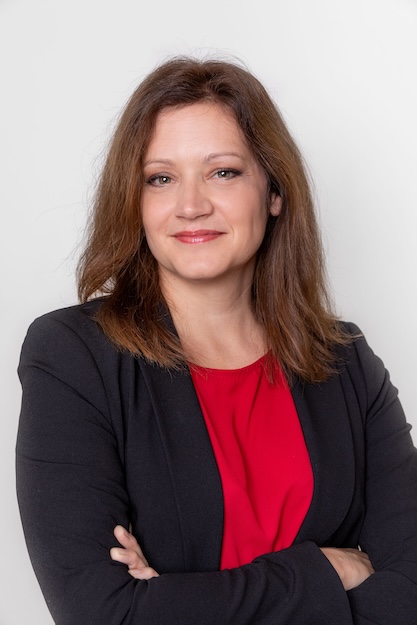
Geneviève Deblois, PhD, Principal Investigator, Institute for Research in Immunology and Cancer (IRIC), Assistant Professor, Faculty of Pharmacy, Université de Montréal
- What experiment or idea brought you to the epigenetics field?
I was always fascinated by how different cell contexts could impact transcriptional profiles and ultimately alter cell identity. My graduate work focused on transcriptional regulation of cell metabolism and metabolic adaptations in the context of cancer. It became clear to me that epigenetics was central to these processes. I decided to study the reciprocal regulation between metabolic and epigenetic changes in cancer and the role it plays in coordinating cellular responses to microenvironmental cues and maintaining cellular homeostasis. I love the complexity of this dynamic process involving multiple layers of regulation that we are barely starting to understand. - What do you think will be the next "big" thing in the epigenetics field in the next 5-10 years?
I believe advances in technology will allow us to answer important and unresolved questions on how epigenomes are regulated in response to cellular contexts and environments. In the field of cancer epigenetics, innovations in single-cell and spatial profiling technologies and analyses could significantly improve the assessment of tumor heterogeneity and tumor response to microenvironment stress and treatment. The integration of diverse cellular regulatory processes into epigenetic studies will also be important to fully understand the scope of epigenetic regulations. - What activities or hobbies do you engage in outside of your scientific work?
Outside of my work in science, I enjoy spending time outdoors. I love hiking, cycling, kayaking, or simply taking long walks in nature whenever I can. I enjoy walking in the city, traveling, and discovering new places. I also have a passion for cooking and experimenting with new recipes, especially with family and friends.
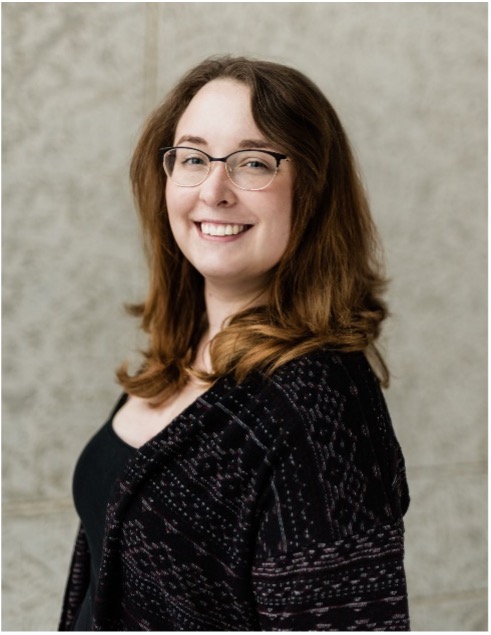
Dr. Zoe Gillespie, Department of Cell and Systems Biology, University of Toronto
- What experiment or idea brought you to the epigenetics field?
One of the first experiments I did in the lab was immunofluorescence. Being able to visualize the nucleus using DAPI, though simple, is really what got me excited about a career in molecular biology. It opened a world of questions to me, wondering how and why genes are regulated in the way they are. - What do you think will be the next "big" thing in the epigenetics field in the next 5-10 years?
I think we will be seeing more application of predictive computational models to determine potential regulators of gene expression, integrating data from different sequencing types, and better utilizing the large volumes of sequencing data we have already produced. Within this, I believe we are going to find uses for single cell sequencing that enable us to better understand how the genome is regulated. - What activities or hobbies do you engage in outside of your scientific work?
Outside of science, I really enjoy activities that bring science to kids in a creative way! If I get the time, I also like to read, cross stitch/embroider, and paint.
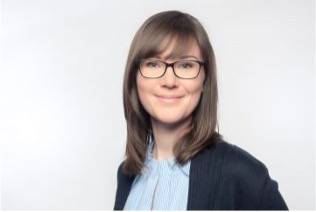
Dr. Sarah Grasedieck, Department of Microbiology and Immunology, University of British Columbia
- What experiment or idea brought you to the epigenetics field?
My disease of interest is acute myeloid leukemia (AML), a blood cancer that is classified and treated based on highly recurrent cytogenetic abnormalities. During my PhD, I studied non-coding RNAs in AML and frequently observed transcriptional patterns that did not align with cytogenetic subclasses. To better understand these patterns, I decided to study mechanisms that govern gene expression beyond genetics, hoping to identify novel therapeutic strategies that can supplement current (cytogenetics-targeting) treatment options. - What do you think will be the next "big" thing in the epigenetics field in the next 5-10 years?
Developing AI-powered tools that allow better modeling and interpretation of DNA accessibility, histone modifications, nuclear architecture, activity of transcription factor networks, etc. Or in other words, using AI to poke through all of these complex layers of context-specific and uniquely biased epigenetic measurements to generate coherent and actionable hypotheses, which will deepen our understanding and ideally inform personalized treatment decisions. - What activities or hobbies do you engage in outside of your scientific work?
When it's not raining cats and dogs, I am very outdoorsy, so you will likely find me hiking, biking or kayaking in the Greater Vancouver area with my husband and son. On rainy days, I enjoy cooking, painting, reading, playing board games, and all things crafty. Two of my weather-independent passions are science advocacy and community outreach at local schools.
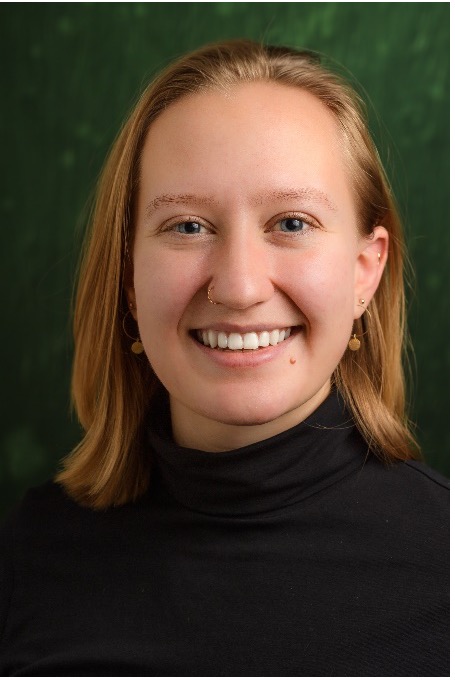
Anastasia Roemer, Faculty of Medicine & Dentistry - Oncology Dept, University of Alberta
- What experiment or idea brought you to the epigenetics field?
In my undergraduate degree, I found myself drawn to papers explaining the various methods of genome regulation, from epigenetic modifications to higher-order organization. This led me to read Boija et al.’s (2018) paper on how transcription factor’s activation domains phase separate with the mediator complex to drive gene expression. From a genome regulation course, I wondered how so many TFs interacted with the mediator complex, so this fascinated me. - What do you think will be the next "big" thing in the epigenetics field in the next 5-10 years?
My current research focus is closely tied to cancer, so I think that in the upcoming years there will be a lot of emphasis on metabolomics and how metabolic reprogramming in cancer affects the epigenetic landscape. With the recent advances in single-cell techniques, epigenetics in tumor heterogeneity can be explored through a metabolic lens, and the effect of metabolic processes in the tumor microenvironment can be more closely considered. - What activities or hobbies do you engage in outside of your scientific work?
I am a fairly active person outside of the lab. I enjoy rock climbing, both indoor and more recently outdoor. I also enjoy yoga, hiking, and camping. Outside of physical activity I am an avid reader, and I frequently go to the movie theater because I think watching movies in theaters is the best way to watch them. My friends and I also throw several amazing potlucks throughout the year which are always a highlight for me.
Interesting links
Link to UN-page
https://www.un.org/en/observances/women-and-girls-in-science-day
UNESCO-Women in science
https://www.unesco.org/en/days/women-girls-science
Women in STEM
https://www.randstad.ca/employers/workplace-insights/women-in-the-workplace/women-in-stem-where-we-are-now/
